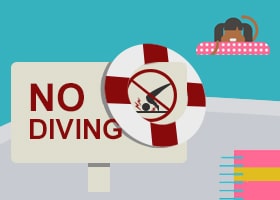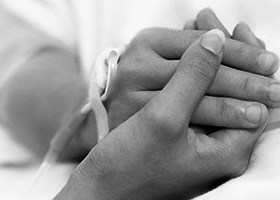Maybe you’ve got a little one whose mouth has turned into a faucet from all that drool, or maybe your kiddo is awaiting his or her first visit from the Tooth Fairy. Either way, it’s time to get the scoop on those teeth. Want to know the drill on baby versus adult teeth? Then look no further! Baby Teeth 
- 4 second molars
- 4 first molars
- 4 cuspids (or canine teeth)
- 4 lateral incisors
- 4 central incisors
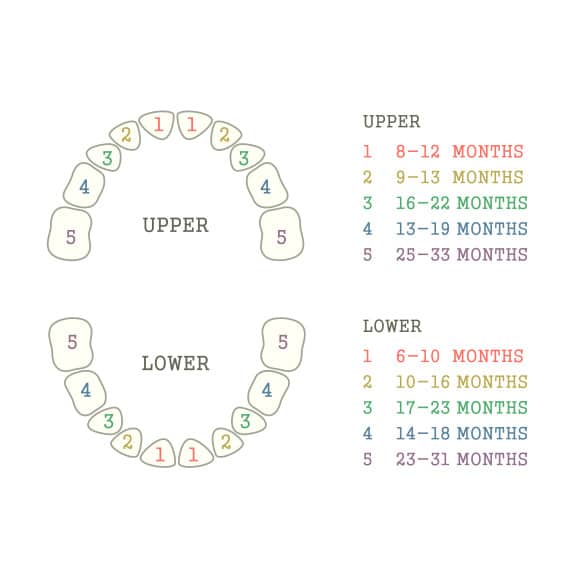
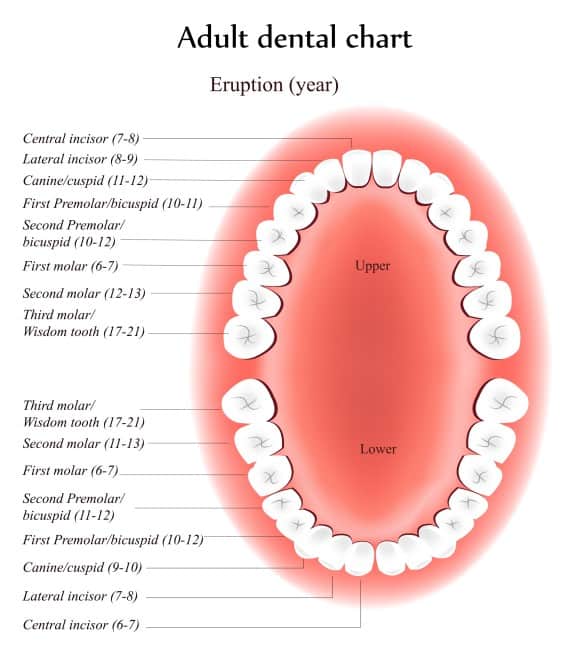
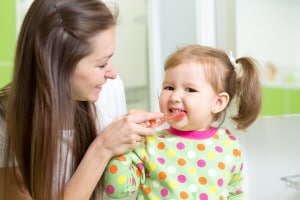
Sources: http://www.ada.org/~/media/ADA/Publications/Files/patient_58.ashx http://www.webmd.com/oral-health/guide/brushing-flossing-child-teeth http://www.webmd.com/oral-health/guide/teeth-birth-adulthood#1 http://www.webmd.com/parenting/baby/caring-babies-teeth
